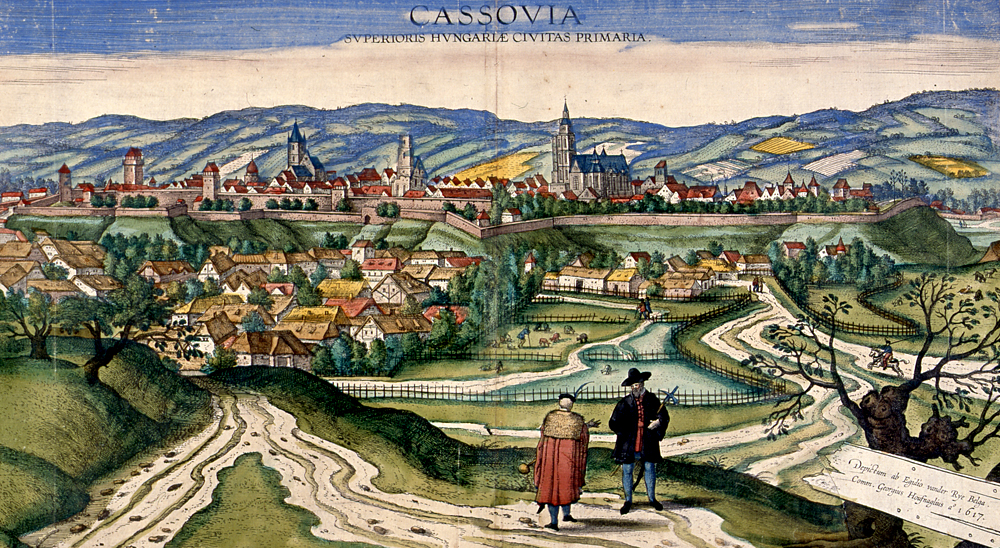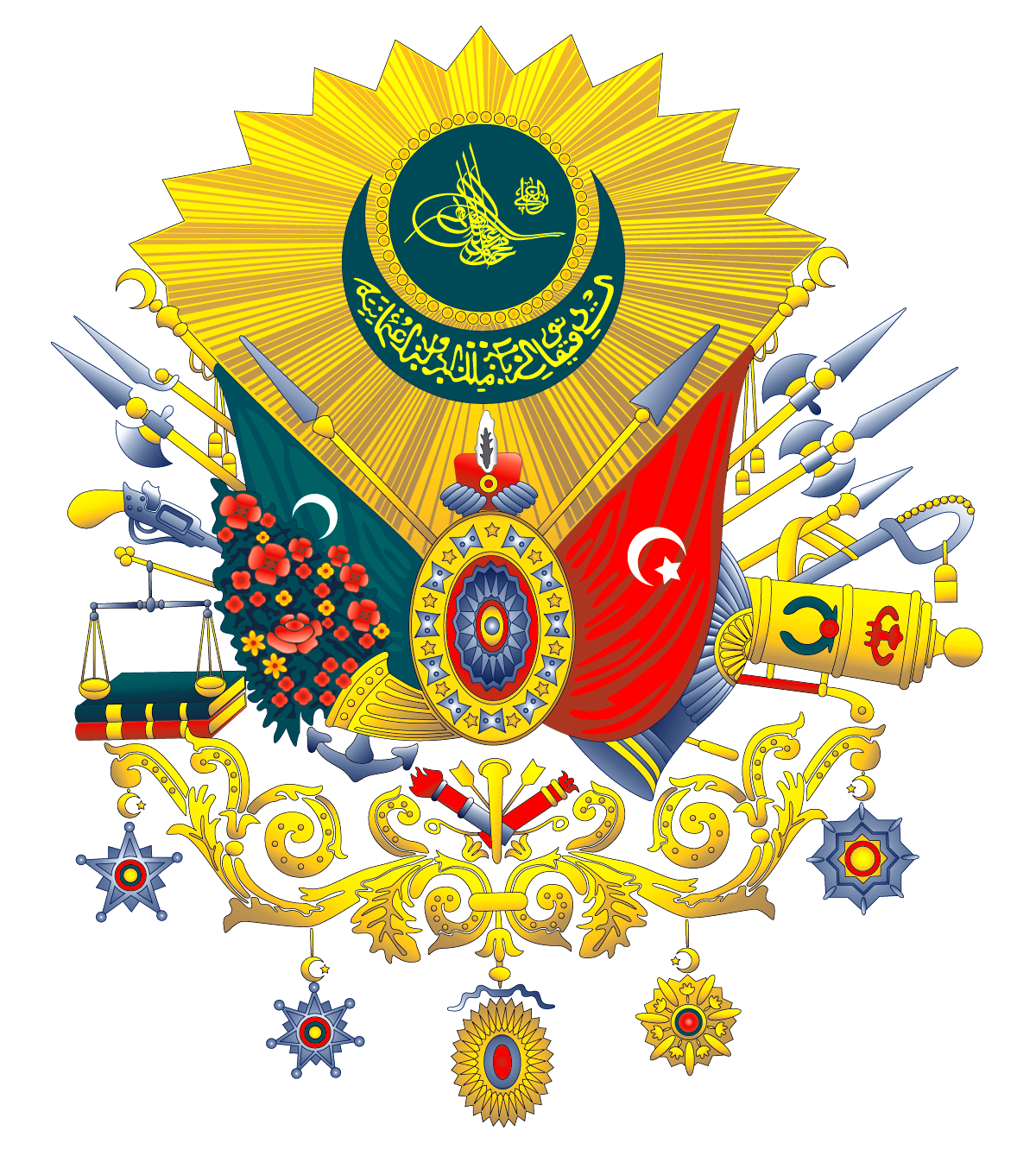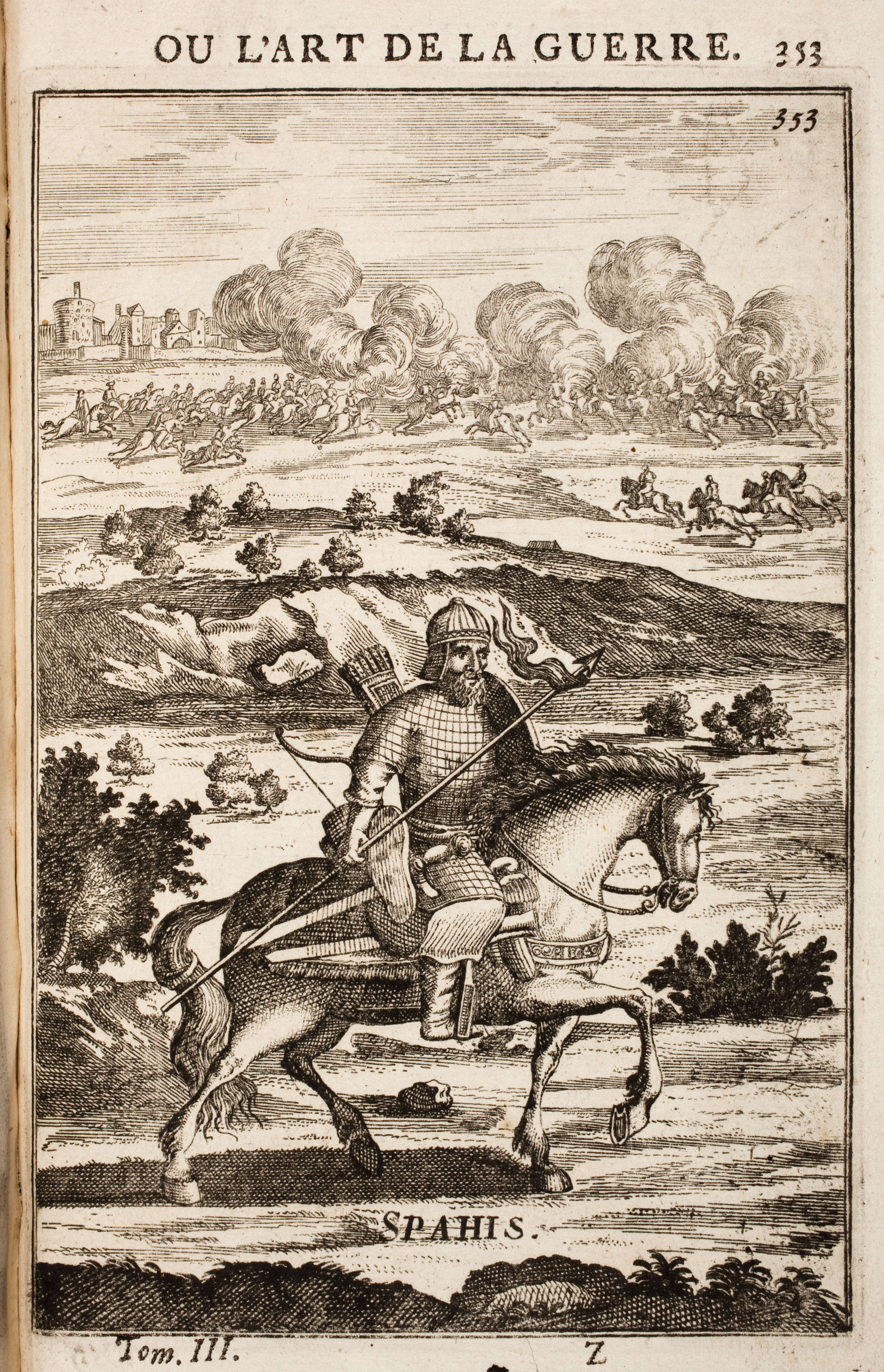|
Serbian Uprising Of 1594
The Uprising in Banat was a rebellion organized and led by Serbian Orthodox bishop Teodor of Vršac and Sava Temišvarac against the Ottomans in the Eyalet of Temeşvar. The uprising broke out in 1594, in the initial stage of the Long Turkish War, and was fought by local Serbs, numbering some 5,000, who managed to quickly take over several towns in the region before being crushed by the Ottoman army. The relics of Saint Sava were burnt by the Ottomans as a retaliation. Although short-lived, it inspired future rebellions. Background Status of Serbs Ottoman crisis The reign of Suleiman I has been described as the most famous period in Ottoman history. At the end of his reign, however, the constant wars had taken its toll, damaging the economy. The faulty economic policies that followed shook the economy and with that, the foundations of Ottoman society; state officials quickly became poor, their pay being worthless ''akçe'', and corruption and bribes were common. Mutiny struck ... [...More Info...] [...Related Items...] OR: [Wikipedia] [Google] [Baidu] |
Long Turkish War
The Long Turkish War or Thirteen Years' War was an indecisive land war between the Habsburg monarchy and the Ottoman Empire, primarily over the Principalities of Wallachia, Transylvania, and Moldavia. It was waged from 1593 to 1606 but in Europe it is sometimes called the Fifteen Years War, reckoning from the 1591–92 Turkish campaign that captured Bihać. In the series of Ottoman wars in Europe it was the major test of force between the Ottoman–Venetian War (1570–73) and the Cretan War (1645–69). The next of the major Ottoman–Habsburg wars was the Austro-Turkish War of 1663–1664. Overall, the conflict consisted in a large number of costly battles and sieges, but with little gain for either side. Overview The major participants of the war were the Habsburg Monarchy, the Principality of Transylvania, Wallachia, and Moldavia opposing the Ottoman Empire. Ferrara, Tuscany, Mantua, and the Papal State were also involved to a lesser extent. War funding The Turkenkrie ... [...More Info...] [...Related Items...] OR: [Wikipedia] [Google] [Baidu] |
Suleiman The Magnificent
Suleiman I ( ota, سليمان اول, Süleyman-ı Evvel; tr, I. Süleyman; 6 November 14946 September 1566), commonly known as Suleiman the Magnificent in the West and Suleiman the Lawgiver ( ota, قانونى سلطان سليمان, Ḳānūnī Sulṭān Süleymān) in his realm, was the tenth and longest-reigning Sultan of the Ottoman Empire from 1520 until his death in 1566. Under his administration, the Ottoman Empire ruled over at least 25 million people. Suleiman succeeded his father, Selim I, as sultan on 30 September 1520 and began his reign with campaigns against the Christian powers in central Europe and the Mediterranean. Belgrade fell to him in 1521 and the island of Rhodes in 1522–23. At Mohács, in August 1526, Suleiman broke the military strength of Hungary. Suleiman became a prominent monarch of 16th-century Europe, presiding over the apex of the Ottoman Empire's economic, military and political power. Suleiman personally led Ottoman armies in ... [...More Info...] [...Related Items...] OR: [Wikipedia] [Google] [Baidu] |
Principality Of Moldavia
Moldavia ( ro, Moldova, or , literally "The Country of Moldavia"; in Romanian Cyrillic: or ; chu, Землѧ Молдавскаѧ; el, Ἡγεμονία τῆς Μολδαβίας) is a historical region and former principality in Central and Eastern Europe, corresponding to the territory between the Eastern Carpathians and the Dniester River. An initially independent and later autonomous state, it existed from the 14th century to 1859, when it united with Wallachia () as the basis of the modern Romanian state; at various times, Moldavia included the regions of Bessarabia (with the Budjak), all of Bukovina and Hertsa. The region of Pokuttya was also part of it for a period of time. The western half of Moldavia is now part of Romania, the eastern side belongs to the Republic of Moldova, and the northern and southeastern parts are territories of Ukraine. Name and etymology The original and short-lived reference to the region was ''Bogdania'', after Bogdan I, the foundin ... [...More Info...] [...Related Items...] OR: [Wikipedia] [Google] [Baidu] |
Principality Of Wallachia
Wallachia or Walachia (; ro, Țara Românească, lit=The Romanian Land' or 'The Romanian Country, ; archaic: ', Romanian Cyrillic alphabet: ) is a historical and geographical region of Romania. It is situated north of the Lower Danube and south of the Southern Carpathians. Wallachia is traditionally divided into two sections, Muntenia (Greater Wallachia) and Oltenia (Lesser Wallachia). Dobruja could sometimes be considered a third section due to its proximity and brief rule over it. Wallachia as a whole is sometimes referred to as Muntenia through identification with the larger of the two traditional sections. Wallachia was founded as a principality in the early 14th century by Basarab I after a rebellion against Charles I of Hungary, although the first mention of the territory of Wallachia west of the river Olt dates to a charter given to the voivode Seneslau in 1246 by Béla IV of Hungary. In 1417, Wallachia was forced to accept the suzerainty of the Ottoman Empire; thi ... [...More Info...] [...Related Items...] OR: [Wikipedia] [Google] [Baidu] |
Upper Hungary
Upper Hungary is the usual English translation of ''Felvidék'' (literally: "Upland"), the Hungarian term for the area that was historically the northern part of the Kingdom of Hungary, now mostly present-day Slovakia. The region has also been called ''Felső-Magyarország'' (literally: "Upper Hungary"; sk, Horné Uhorsko). During the Habsburg–Ottoman wars, Upper Hungary meant only the northeastern parts of the Hungarian Kingdom. The northwestern regions (present-day western and central Slovakia) belonged to ''Lower Hungary''. Sometime during the 18th or 19th century, Upper Hungary began to imply the whole northern regions of the kingdom. The population of Upper Hungary was mixed and mainly consisted of Slovaks, Hungarians, Germans, Ashkenazi Jews and Ruthenians. The first complex demographic data are from the 18th century, in which Slovaks constituted the majority population in Upper Hungary. Slovaks called this territory "''Slovensko''" (Slovakia), which term appears in w ... [...More Info...] [...Related Items...] OR: [Wikipedia] [Google] [Baidu] |
Battle Of Sisak
The Battle of Sisak was fought on 22 June 1593 between Ottoman Empire, Ottoman Bosnian forces and a combined Christian army from the Habsburg lands, mainly Kingdom of Croatia (Habsburg), Kingdom of Croatia and Inner Austria. The battle took place at Sisak, central Croatia, at the confluence of the Sava and Kupa River, Kupa rivers, on the borderland between Christian Europe and the Ottoman Empire. Between 1591 and 1593 the Ottoman military governor of Bosnia, Beylerbey, Beglerbeg Telli Hasan Pasha, attempted twice to capture the fortress of Sisak, one of the garrisoned castles that the Habsburgs maintained in Croatia as part of the Military Frontier. In 1592, after the key imperial fortress of Bihać fell to the Turks, only Sisak stood in the way before Croatia's main city Zagreb. Pope Clement VIII called for a Christian league against the Ottomans, and the Sabor recruited in anticipation a force of about 5,000 professional soldiers. On 15 June 1593, Sisak was once again besieged b ... [...More Info...] [...Related Items...] OR: [Wikipedia] [Google] [Baidu] |
Hajduk
A hajduk ( hu, hajdúk, plural of ) is a type of irregular infantry found in Central and parts of Southeast Europe from the late 16th to mid 19th centuries. They have reputations ranging from bandits to freedom fighters depending on time, place, and their enemies. In the European lands of the Ottoman Empire, the term ''hajduk'' was used to describe bandits and brigands of the Balkans, while in Central Europe for the West Slavs, Hungarians, Romanians, and Germans, it was used to refer to outlaws who protected Christians against provocative actions by the Ottomans. By the 17th century they were firmly established in the Ottoman Balkans, owing to increased taxes, Christian victories against the Ottomans, and a general decline in security. Hajduk bands predominantly numbered one hundred men each, with a firm hierarchy under one leader. They targeted Ottoman representatives and rich people, mainly rich Turks, for plunder or punishment to oppressive Ottomans, or revenge or a co ... [...More Info...] [...Related Items...] OR: [Wikipedia] [Google] [Baidu] |
Gyula, Hungary
Gyula (; german: Jula; ro, Jula or ) is a town in Békés County, Hungary. The town is best known for its Medieval castle and a thermal bath. Ferenc Erkel, the composer of the Hungarian national anthem, and Albrecht Dürer the Elder, the father of Albrecht Dürer, were also born in Gyula. Geography Gyula is located in the Great Hungarian Plain on the River Crișul Alb, Fehér-Körös, southeast from Budapest and from the border with Romania. The Békéscsaba-Gyula-Kötegyán railway line and Highway 44 also cross the town. Highway 44 is a four-lane Limited-access road, expressway between Gyula and the county seat Békéscsaba.Magyarország autóatlasz, Dimap-Szarvas, Budapest, 2004, Name Gyula is named after the medieval Hungarian warlord Gyula III.Antal Papp: Magyarország (Hungary), Panoráma, Budapest, 1982, , p. 860, pp. 453-456 Gyula (title), Gyula was also a title among the Hungarian tribes and still a popular Gyula (name), given name for boys. In Turkish, the town ... [...More Info...] [...Related Items...] OR: [Wikipedia] [Google] [Baidu] |
Inflation
In economics, inflation is an increase in the general price level of goods and services in an economy. When the general price level rises, each unit of currency buys fewer goods and services; consequently, inflation corresponds to a reduction in the purchasing power of money. The opposite of inflation is deflation, a sustained decrease in the general price level of goods and services. The common measure of inflation is the inflation rate, the annualized percentage change in a general price index. As prices do not all increase at the same rate, the consumer price index (CPI) is often used for this purpose. The employment cost index is also used for wages in the United States. Most economists agree that high levels of inflation as well as hyperinflation—which have severely disruptive effects on the real economy—are caused by persistent excessive growth in the money supply. Views on low to moderate rates of inflation are more varied. Low or moderate inflation may be attri ... [...More Info...] [...Related Items...] OR: [Wikipedia] [Google] [Baidu] |
Principality Of Transylvania (1570–1711)
The Principality of Transylvania ( hu, Erdélyi Fejedelemség; la, Principatus Transsilvaniae; german: Fürstentum Siebenbürgen; ro, Principatul Transilvaniei / Principatul Ardealului; tr, Erdel Voyvodalığı / Transilvanya Prensliği) was a semi-independent state ruled primarily by Hungarian princes. Its territory, in addition to the traditional Transylvanian lands, also included the other major component called Partium, which was in some periods comparable in size with Transylvania proper. The establishment of the principality was connected to the Treaty of Speyer. However, Stephen Báthory's status as king of Poland also helped to phase in the name ''Principality of Transylvania''.Katalin PéterBeloved Children: History of Aristocratic Childhood in Hungary in the Early Modern Age Central European University Press, 2001, p. 27 It was usually under the suzerainty of the Ottoman Empire, although the principality often had dual vassalage ( Ottoman Turkish sultans and Habsbur ... [...More Info...] [...Related Items...] OR: [Wikipedia] [Google] [Baidu] |
Sipahi
''Sipahi'' ( ota, سپاهی, translit=sipâhi, label=Persian, ) were professional cavalrymen deployed by the Seljuk dynasty, Seljuks, and later the Ottoman Empire, including the land grant-holding (''timar'') provincial ''Timariots, timarli sipahi'', which constituted most of the army, and the salaried regular army, regular ''Kapıkulu, kapikulu sipahi'', or palace troops. However, the irregular military, irregular light cavalry ("raiders") were not considered to be . The ''sipahi'' formed their own distinctive social classes and were rivals to the Janissaries, the elite infantry corps of the Sultan. It was also the title given to several cavalry units serving in the French and Italian colonial armies during the 19th and 20th centuries (see ). Name The word is derived from fa, سپاهی, translit=sepāhī, meaning "soldier". The term is also transliteration, transliterated as and ; rendered in other languages as: in Albanian language, Albanian and Romanian language, Roma ... [...More Info...] [...Related Items...] OR: [Wikipedia] [Google] [Baidu] |
Sanjak Of Çanad
The Sanjak of Çanad ( tr, Çanad sancağı, Liva-i Çanad) was a sanjak (district) of the Ottoman Empire located in what is today northern Banat (northernmost Serbia, southernmost Hungary and northwesternmost Romania), centered at Cenad ( hu, Csanád, in Romania). The Eastern Hungarian Kingdom, a vassal state of the Ottoman Empire in the first half of the 16th century, lost the territory in 1552, when it was organized into the Temeşvar Eyalet. It was one of four sanjaks of the Temeşvar Eyalet in 1550s, one of eleven sanjaks in 1699, one of five in 1700–01, one of six in 1701–02, until its abolishment in 1707, becoming a sub-district of the Sanjak of Temeşvar. It was conquered by the Habsburgs and organized into the Csanád County. See also *Csanád County (medieval) The Csanád County or Chanad County or ( la, Comitatus Chanadiensis) was a county of the Kingdom of the medieval Kingdom of Hungary. It was established after Csanád (the eponymous founder) had defeated Ajto ... [...More Info...] [...Related Items...] OR: [Wikipedia] [Google] [Baidu] |







